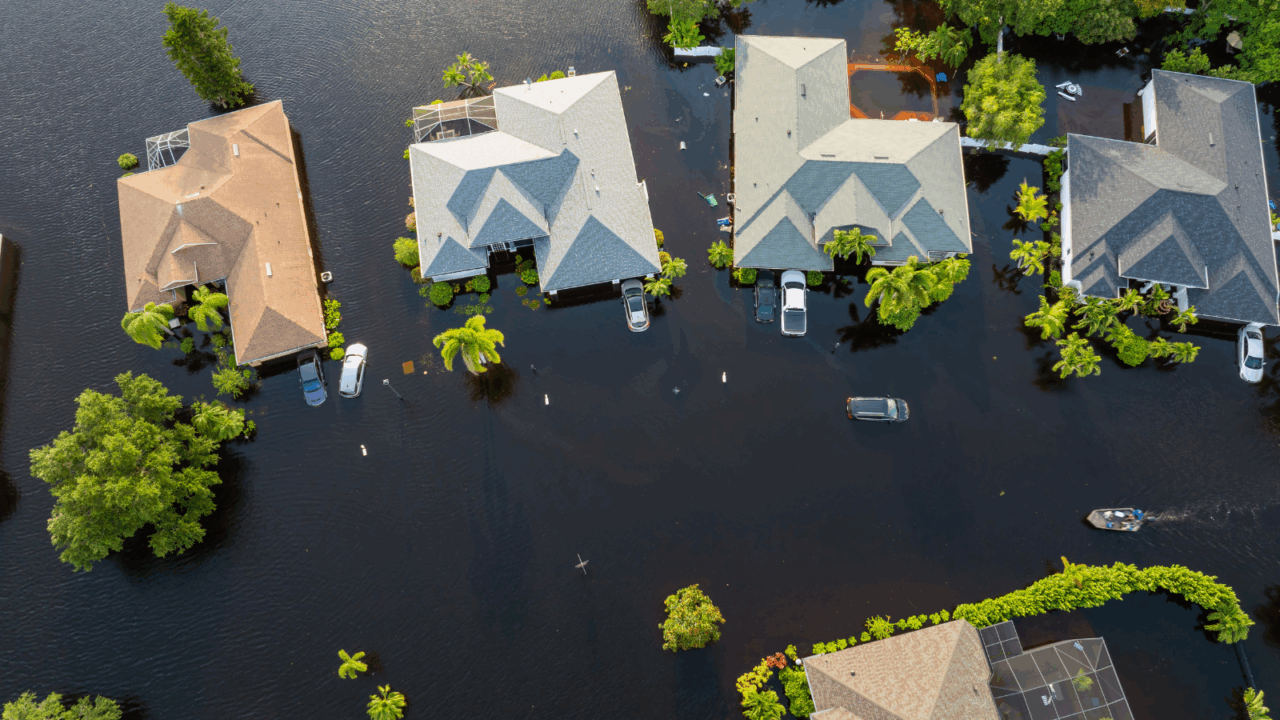The risk management checklist has long been a part of the contractor’s safety program. The use of a checklist is helpful where tracking tasks exceeds memory or attention span. The checklist helps to ensure that the appropriate conditions are present or that they’re “inspected.” The checklist is often only as good as the inspector utilizing it and must be accompanied by instructions.
A risk management checklist needs to start with identification of the risk. Is the risk an employee injury, property damage, delay of the project, injury to the public or something else? Although there may be overlap between the exposures, it’s important to identify what risk the checklist is addressing. The checklist isn’t the only resource to control risks; it’s just an easy way to keep thoughts aligned and provides a systematic start and endpoint.
PROs
The checklist:
- is good for keeping track of related items; e.g. a fall protection checklist, an OSHA posting checklist or a confined space entry checklist. These checklists revolve around a single, but complex topic and facilitate a consistent and complete review.
- can be utilized to increase accountability levels onsite. The use of safety checklists by site supervision increases involvement in the safety program. The completed checklists are a leading indicator metric that a highly functioning safety program should be tracking.
- can be customized to fulfill a variety of needs and is highly effective at identifying at-risk behaviors and preventing losses.
- identifies unacceptable risk exposures before there is an actual loss. Checklists are akin to “an ounce of prevention,” the preferred hierarchy for risk management.
- has several indirect uses as well, such as a training tool to educate partners on risk management expectations and serving as documentation of an inspection, which may be useful in mitigating negligence claims.
CONs
The questions on the checklist may not be specific enough. General questions will rely heavily on the inspector’s knowledge of safe practices. For example, a builder’s risk checklist might ask “Fire extinguishers available?” while an employee safety checklist may ask “Are excavations properly protected?” A pre-qualification checklist might ask “Are adequate limits present?” If the inspector is not an expert in any of these respective areas, they’re not qualified to conduct the inspection. This creates inadequacies within the inspection because the inspector may be qualified for other sections within a broad checklist.
The questions on the checklist may be too specific. Questions that require a high-level expert to understand their intent are often inadequately addressed.
The checklist can create a false sense of security if not completed by trained individuals. In construction, employees frequently have competing priorities, completion deadlines and time pressures that may lend themselves to hurried completion of the checklist. This is often referred to as “pencil whipping” or checking the boxes without completion of the task.
The checklist loses some of its effectiveness when it’s too generic or overly burdensome. For example, a checklist that repeatedly lists items that are not applicable at a jobsite creates unnecessary review. Also, a checklist that looks like a book pages long can fatigue the inspector.
MAKING IT WORK
Identify the purpose of the risk management checklist and ensure that it aligns with the risk management program. The goals and checklist should be well aligned to outline acceptable and unacceptable risks.
Completion of the checklist is not “common sense.” Determine who will be responsible for the development of the checklist as well as who will be responsible for conducting the inspections. These two parties should collaborate to ensure the checklist is meets both their needs.
A training course and a set of instructions should be developed for the checklist. The checklist should be completed onsite and in the area where the conditions are present. A checklist that addresses conditions in the field shouldn’t be completed in the office. Include a frequency element into the design of the checklist. Is this checklist intended to be conducted daily, weekly or less frequently? Checklists that are conducted more frequently should generally be kept shorter, while a checklist that spans a greater time interval may take a broader approach.
Target the checklist on a specific risk whenever possible and create separate checklists for multiple risks. This allows for the most qualified individuals to complete the checklist and minimizes the amount of uncertainty.
A variety of checklists can be found online, from equipment manufacturers and from safety and insurance publications. Each is set to accomplish a different goal. The right checklist may already be developed, may be a blend from several sources or may need to be a custom creation. A checklist that identifies an unsatisfactory condition is good, but a checklist that looks at unsatisfactory behaviors can be more beneficial.
Plan for the unexpected and allow for items to be identified that were not originally anticipated by leaving blank areas. Each checklist also needs to have an area where general information, such as date, time, location, auditor and notes can be added.
Include accountability for corrective actions. If the checklist reveals a deficiency, allow for a corrective action to be documented on the form.
Incorporate a chain of command addressing where the completed checklist will be sent to and identifying what, if any, follow-up actions are necessary.
Items that the checklist addresses need to find a balance between too general and too specific. This balance may need to be adjusted as the checklist matures.
Consider an electronic format for the checklist. This helps to streamline findings and corrective actions and can more easily identify trends.
Finally, when the checklist is perfected, be prepared to change it.







